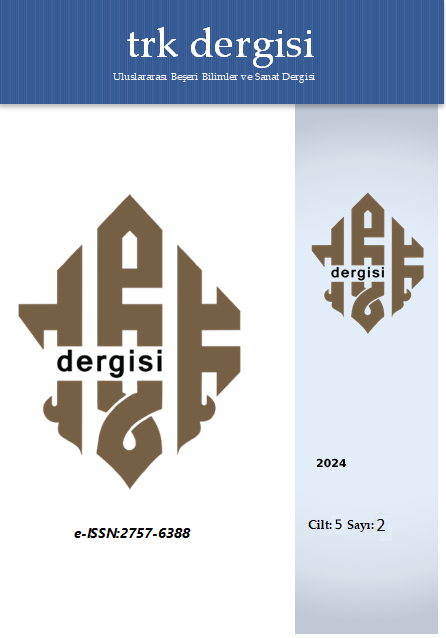Dede Korkut Oğuznâmeleri and Cultural Identity
DOI:
https://doi.org/10.5281/zenodo.14583272Keywords:
Kültürel Kimlik, Kültürel Bellek, Dede Korkut KitabıAbstract
Identity is the way an individual positions themselves in a social environment, and cultural identity refers to this process when it takes on a societal dimension. Cultural identity directs an individual from a sense of "I" to an awareness of "we" and defines the social structure as a nation. Having a cultural identity positively influences an individual's self-actualization process, which manifests as maturity in personality and behavior. Cultural identity lives on through collective memory, which is nourished by elements like the nation's language, literature, folklore, and symbols. Epics play an important role among these elements, as they help individuals acquire societal values and norms by conveying both the desirable and undesirable traits of events, situations, and characters. The cultural identity of the Turkish nation is shaped by epics, and particularly the Dede Korkut Oğuznâmeleri stands out as one of the most valuable sources of cultural memory, reflecting the social structure, philosophical discipline, and ideal human typology of the Turkish people. Dede Korkut offers a model of cultural identity through the relationship between the individual and society. In this context, it is of great importance for young people to read Dede Korkut consciously, learn the shared values of the Turkish nation, and shape their cultural identity. This paper aims to examine the impact of Dede Korkut Oğuznâmeleri on the formation of cultural identity.
Downloads
Published
How to Cite
Issue
Section
License
Copyright (c) 2024 trk dergisi

This work is licensed under a Creative Commons Attribution 4.0 International License.





